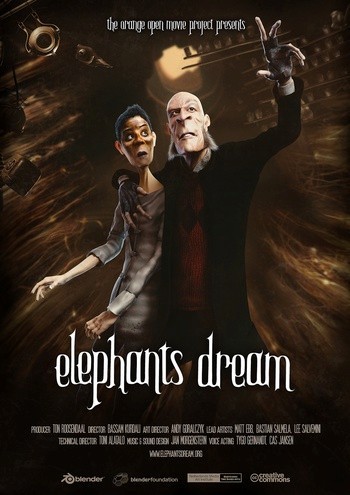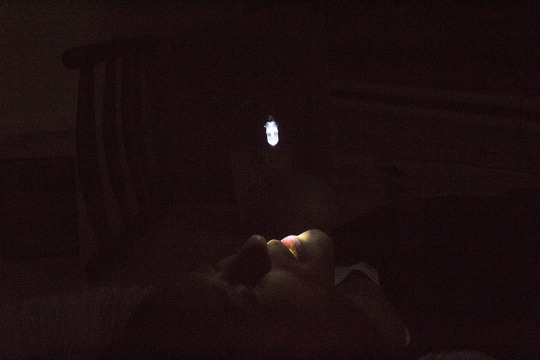#AffectTheory
Explore tagged Tumblr posts
Text
And we're back, baby!
6.1: How Dare Solarpunks Do OUTRAGE?!!! Ariel & Christina Discuss
Now streaming: some hot takes from your solarpunk aunties. Ariel and Christina consider why wallowing in negative feelings is just so delicious ... as opposed to wallowing in, you know, acts of kindness and feelings of compassion, which are just a bit more solarpunk. We live in an age of outrage, it seems: cancelling, social media mobbing, cyberbullying ... but also drawing attention to human rights violations, or dodgy political happenings, or just straight-up illegal goings-on! How can we tell whether our outrage is justified or not? How can we avoid emotional manipulation? Can we think of outrage as a solarpunk tool?
#solarpunk#SolarpunkPresentsPodcast#Season6#Episode#AffectTheory#Emotion#Outrage#RighteousAnger#SocialMediaMobbing#Cyberbullying#protest#NegativeAffects#EmotionalManipulation#EmotionalIntelligence#EmotionalLiteracy#cancel culture#Spotify
12 notes
·
View notes
Text
The Academic Blog Post 10
Affect and Emotions in Digital Media

Figure 1: Call of Duty
Affect theory deals with felt, and sometimes sub-conscious, forces at work in individual and group dynamics. Affect is not only the affective but functionality of bodies through which they impact and are impacted upon. Affect is different from emotions because it is relational, dynamic, and not necessarily representable in worlds of language or for bodies. As this paper has demonstrated affect is important for engaging audiences and communicating across digital media beyond narrative. First-person-shooter computer games such as Call of Duty 4, therefore, require affective involvement. The game designer states that through pursuing an emotional bond with the game the player becomes immersed. A moral body is produced by sensitizing the bodily feelings of the players, so as to produce a set of feeling rules – from being frightened to thrilled – that explains how the archetypal sportsman operates inside the game. In the same ways as character formation is long-term, so is the RPG player’s relation to a game world, for example in Final Fantasy VII.

Figure 2: Emotional Engagement in Animation - Elephants Dream
In the same manner, affect is also central to animation in instances it generates passionate and strong effects. For example, the movie, Elephants Dream (2006), emphasizes distorted, concentrated sterner instead of a story telling. They do not display any plot hierarchization and make an emotionally notable viewer’s experience valued more than a narrative. Digital media use, known as ‘affect to’ professes that emotion is not just a reaction, but a tool to engage the audience deeply into the content material (Steinert & Dennis, 2022).
References:
Activision. (n.d.). Call of Duty Official Website. Retrieved from https://www.callofduty.com/.
Blender Studio. (2006). Elephants Dream. Official Website. Retrieved from https://studio.blender.org/projects/elephants-dream/?asset=1069.
Steinert, S., & Dennis, M. J. (2022). Emotions and Digital Well-Being: On Social Media’s Emotional Affordances. Philosophy & Technology, 35(2). Retrieved from https://doi.org/10.1007/s13347-022-00530-6.
0 notes
Quote
As experience grows, there is also a certain advantage; it is true that soft restlessness and impatient desire are lost, but in change is acquired enough control of oneself for the beautiful attitude of the moment. Soren Kerkeegard

1 note
·
View note
Photo

Oral cavity, reference to affect theory? from this instagram https://www.instagram.com/vault_editions/
0 notes
Photo

"A relation of cruel optimism exists when something you desire is actually an obstacle to your flourishing." Lauren Berlant's work on Cruel Optimism is brilliant and erudite #affecttheory #laurenberlant #crueloptimism #nadiaandedeatbooks #nadialovescoffee http://ift.tt/2oPHRW9
1 note
·
View note
Text
Koan (reflections on Nam June Paik’s Zen for TV)
I am captured, not by something I see but by something I hear.
I’ve enter a room where a piercing high-pitched sound hangs in the air, quiet yet impossible to ignore.
I turn to the source and see an old television with a peculiar screen, taller than it is wide.
A single vertical beam of blueish white cathode ray light falling down the centre of an otherwise blank screen.
The piece is Nam June Paik’s Zen for TV.
It seems to have captured the attention of everyone in the room, despite its being surrounded by other artworks, many of them far more elaborate and complex.
Captured is the right word: my attention feels coerced.
That once ubiquitous ringing sound screams out that something is not working as it should be.
But this is a gallery.
However things are is how they should be.
I am prevented from interpreting what I encounter as malfunctioning, despite having encountered it in the mode of repair.
Unable to act, the signification falls away.
All that's left is sound as sound, non-image as non-image.
I began to reflect on this experience, which occurred over a year ago now, after being reminded of it by something said on a panel at Transmediale last weekend (the panel was titled Computation and Affect: Hard Feelings). I forget who said it, but it went something like: ‘affect’ refers to feelings, sensations or emotions before you can give them a word. That is, prior to their being identified under a conceptual scheme or situated in a narrative.
At the time I wondered whether the ‘priority’ referred to is a conceptual or temporal priority, though now I’ve thought about it more the distinction feels unclear. These thoughts brought to mind Nam June Paik, and on further reflection I came to reckon these ideas can help to understand Zen for TV. (Or perhaps Zen for TV can help me understand affect theory. Either is welcome.)
The associations of the piercing sound provoke a movement of affect, an orientation to act experienced as a kind of unspecified discomfort. There is a change in intensities, to use a Deleuzian term, which initiates a process (as do all intensive gradients, Deleuze tells us). There is a desire to seek and categorise, to locate the causal source of the discomfort, identify it and act upon it. All this is set in motion prior to any possibility of describing it.
The trajectory is common to all encounters with malfunctioning technology. What is supposed to remain in the background suddenly intrudes into consciousness, forcing us into a temporary role as an engineer-bureaucrat until it can be fixed and allowed to fade away.
Paik first triggers this process and then intervenes in it, stopping it short before it can resolve in the normal way. The effect is similar to a Zen koan, an uninterpretable riddle designed to force us to abandon interpretation. As with the koan, Paik places us in a discursive scenario with no discursive resolution. Not only are we are left confronting elements of the technological background which have intruded into the foreground, we have been denied all strategies for banishing them.
0 notes
Text
Understanding art through experience
Incorporating the affective theories can be useful when trying to conceive art beyond representation.
0 notes
Link
“The question is not: is it true? But: does it work? What new thoughts does it make it possible to...
0 notes
Video
youtube
Performance about a sister seeking for a sister from her fictional intimacy in a determinated space and time. “Movimiento Sur” meeting / Valparaíso, Chile.
1 note
·
View note
Quote
I'm in this silence trying not to drown in reality

1 note
·
View note
Text
Affect theory
There is an additional meaning and theorisation of the word ‘affect’ that is often found in connection to art, design and theoretical practice that is again slightly different to the meanings you will find in a dictionary.
Affect in this sense is about relations, urges, phenomenal movements and energetic undercurrents that may be palpable, immaterial and/or material outcomes and often centres around the body.
0 notes